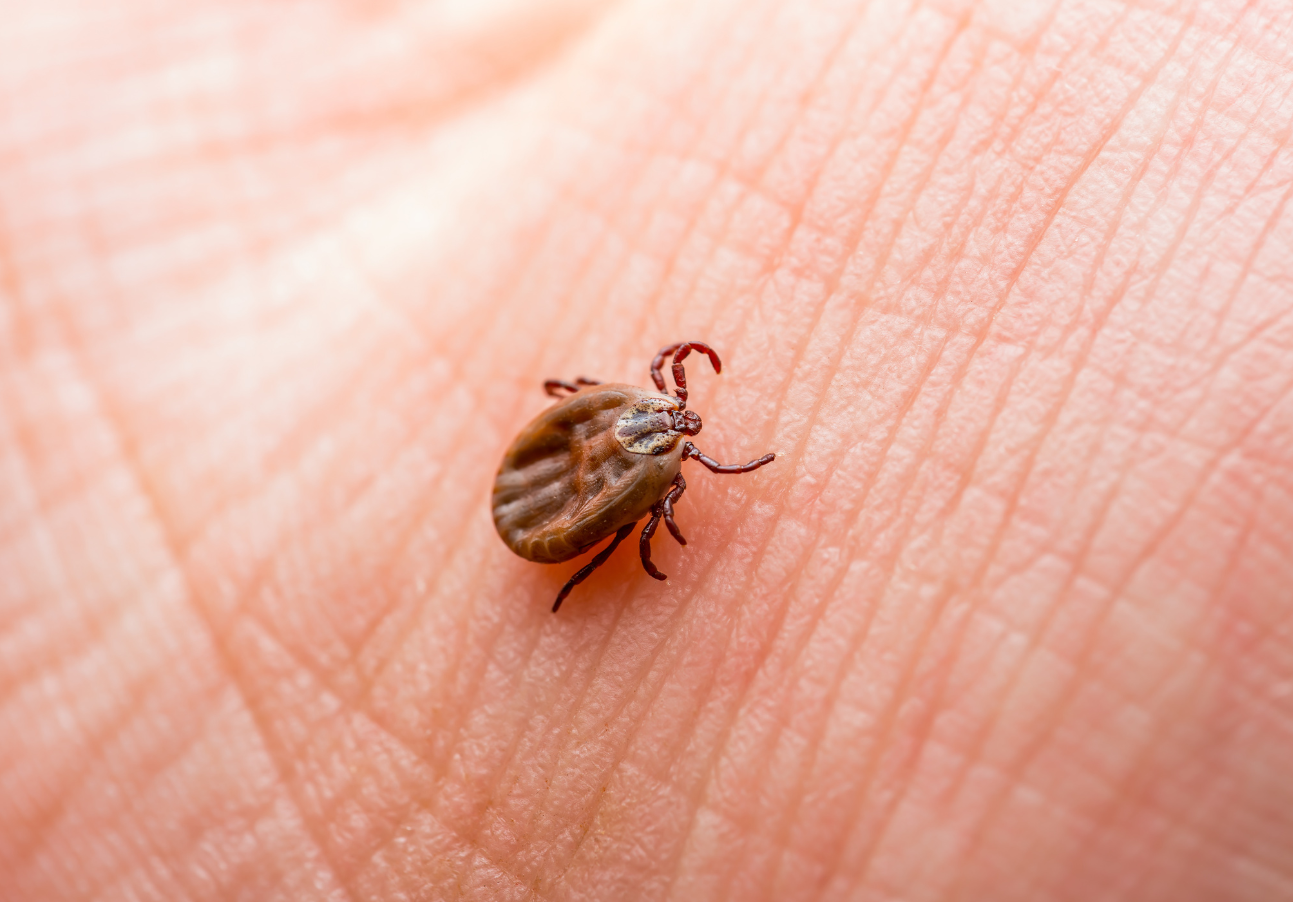Let’s Talk Ticks – Leeds, Grenville and Lanark District Health Unit

Press Release – Leeds, Grenville and Lanark District Health Unit
The ticks are out!
When temperatures rise above 4oC, ticks become active. Enjoy the benefits of being outdoors by going for a hike, working in the garden or cleaning up leaf litter in the yard; but remember to be tick smart. Black legged ticks in our area may carry bacteria and other microscopic organisms which may cause several illnesses, the most notable of which being Lyme Disease. Anaplasmosis and Babesiosis are diseases which can also be passed on via the bite of an infected tick. These diseases are not new to the area, but they did become reportable to the Health Unit in July 2023. It should be noted that one cannot tell if a tick is positive by looking at it.
Taking the following precautions will help to reduce your risk of infection:
-
Dress in light coloured clothing so you can see that a tick is on you (they are dark in colour).
-
Use an insect repellent containing DEET or Icaridin. You can apply this to clothing or your skin.
-
Put your outdoor clothes in a hot dryer for several minutes to kill ticks.
-
Wear clothing that contains a tick repellent
-
Do a tick check when you return inside. If possible, have someone check you from behind. Check your pets for ticks as well.
-
Thoroughly check your body for ticks and nymphs and promptly remove them using tweezers or a tick twister.
-
You can take a quick shower and scrub well to help remove any unattached ticks.
-
Speak to your vet about ways to protect your pet.
Transmission of these diseases from a tick to a human depends on the length of time the infected tick is attached. Ticks that are removed quickly are less likely to spread disease. For Lyme Disease and Babesiosis, a tick needs to be attached for 24 hours or longer to pass on the illness, while 12 hours is required for Anaplasmosis. If the tick has been attached for longer than 24 hours you may be at an increased risk and it is recommended that you consult your health care provider, or for Lyme Disease, you can also consult with a pharmacist who maybe able to provide preventative medication in some circumstances.
Check any ticks you remove from your body to determine if they are fat or flat. A fat tick is an indication that it has been feeding for a longer period of time. Tick specimens are not used for diagnosis of disease so they are no longer accepted at the Health Unit. Individuals can submit a photo to the website, eTick – for tick identification.
Lyme disease symptoms can range from a bull’s eye rash around the bite area, to headache, fever and muscle/joint pain. Symptoms can appear from three days to several weeks following a tick bite. Even if you have had Lyme disease before, you can be re-infected. Consult your doctor if you experience any of these symptoms.
Symptoms for all three diseases may include fever, headache, chills, sweats (Babesiosis), fatigue and muscle and joint pain. A bull’s eye rash around the area of a tick bite may occur for Lyme Disease. Symptoms may appear from a few days (one week for Babesiosis) to several weeks after the bite of an infected tick. It is recommended that you consult with a health care provider if you experience any of these symptoms.
Lyme Disease in particular, but also Anaplasmosis and Babesiosis, can lead to serious, long-lasting health effects, and it remains important for residents to continue to take precautions to prevent tick bites.
For more information about ticks and Lyme disease: visit our Insect Bites and Diseases section of our website or call 1-800-660-5853. You can also email us at contact@heathunit.org or connect with @LGLHealthUnit on Facebook and X or @lglhealthunit.z on Instagram.












